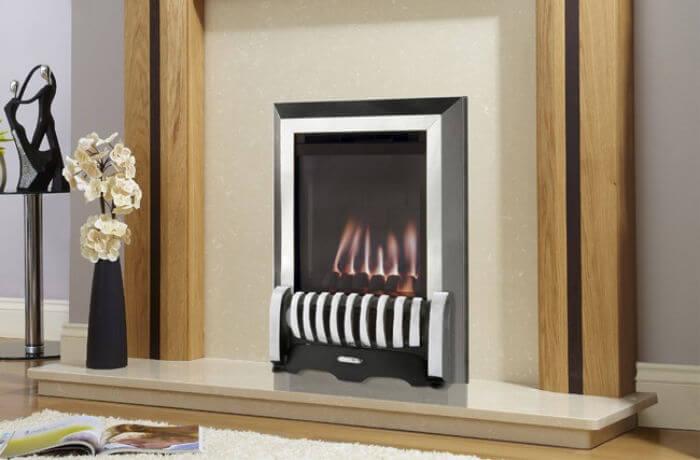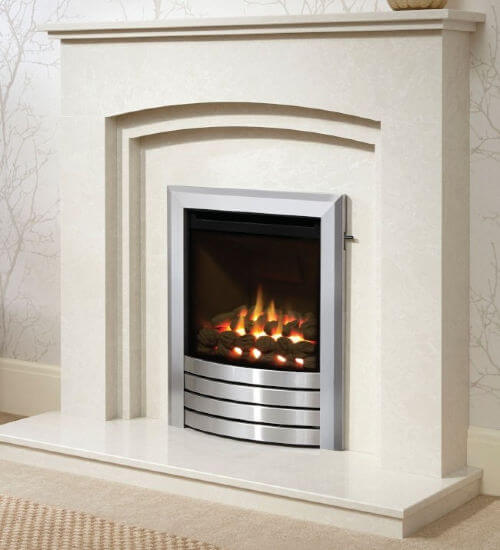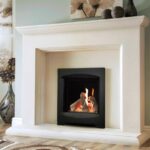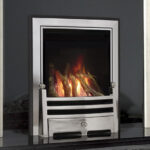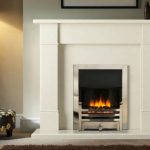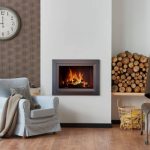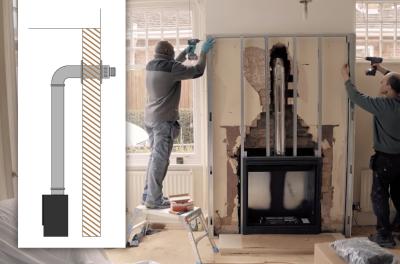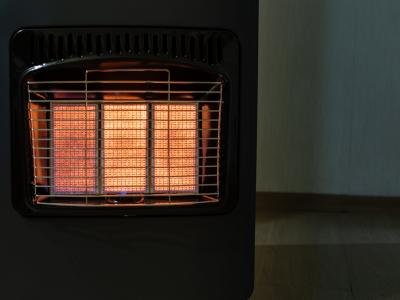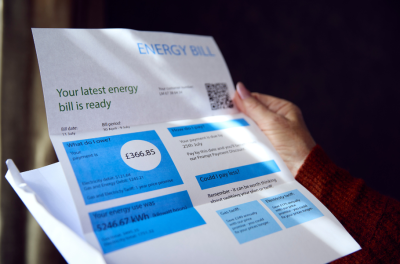We use cookies to improve your experience and our business. See our privacy/cookie policy or continue browsing to accept our use of cookies. View our cookie policy.
What Is A Balanced Flue Gas Fire?
Balanced flue gas fires are a popular choice for houses without chimneys. They are easy to install, highly efficient and come in a fantastic range of styles.
However, you might not be entirely sure exactly what they are.
Read our guide below to find out what a balanced flue is, how they work and the benefits of fitting one in your home...
What is a balanced flue gas fire?
A balanced flue gas fire is an incredibly versatile option for a fireplace. They can be fitted in almost any home where building through an external wall is possible and permitted. In fact, in most cases, only a little construction work is necessary to get one up and running.
Balanced flue gas fires use a different process to a conventional gas fire. Rather than using a traditional chimney to expel fumes into, they are connected to their own kind of exhaust, often called a ‘twin wall pipe’. These are usually placed horizontally through the wall, rather than upwards to the roof. This pipe has a dual function - to expel unwanted fumes and draw in fresh air to feed to flames, simultaneously.
A balanced flue pipe can only work with a balanced flue fire - it cannot be used with a traditional or flueless gas fire.
Similarly, if you have a balanced flue fire, you can’t use it with a traditional chimney.
Related: How to Have a Gas Fire Without a Chimney or Flue
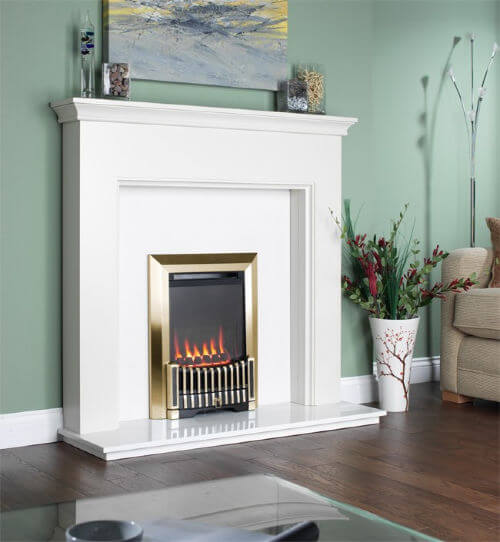
Pictured: Flavel Orchestra Balanced Flue Gas Fire
What is the difference between a balanced flue and an open flue?
To help explain what a balanced flue is further, it’s best to compare them to a regular - or ‘open’ - flue system.
How an open flue system works
An open flue system is how a conventional gas fire or solid fuel burning fire works with a traditional class 1 or class 2 chimney.
Related: Choosing the Right Fire For Your Chimney & Flue Type
With an open flue system, the fire appliance is ‘open’ to the air supply of your room. This means that the oxygen it takes in to fuel the fire is drawn from inside your home - if your fire doesn’t have an open flame, this could be via vents in the casing.
For this reason, adequate ventilation in your room is needed for a solid fuel or conventional gas fire to work properly - if you don’t, your oxygen supply will be depleted until the fire eventually can burn no longer.
The waste fumes which are then produced as part of the combustion process are expelled outside via a separate opening, into your chimney.
The only possible downsides of these fires are that some heat is lost in the process of taking in the air - and, there is a small risk of carbon monoxide to leak back out into your home.
How a balanced flue system works
A balanced flue - or ‘closed’ system - has one significant difference to an open flue.
Instead of drawing in clean air from your room, it takes it in from outside the house, via a pipe. Balanced flue fires are actually entirely sealed off from your room with a glass panel, so the air in your room is not affected at all.
The same pipe that takes in the air from outside also removes the waste air. Think of it like a smaller tube inside a larger tube - one taking air in, and one pushing air out.
Related: Which Gas Fires Are The Most Efficient

Pictured: Verine Meridian Balanced Flue Gas Fire
Are balanced flue gas fires any good?
Once you have got your head around exactly what a balanced flue fire is and how one works, you might be wondering whether they are any good. The good news is - yes! They are a very efficient and attractive way to heat your home.
Here are some of the best benefits of balanced flue gas fires:
- They are highly efficient - balanced flue gas fires are much more efficient than open gas fires or solid fuel fires. They can be over 90% efficient, as less heat is lost up the chimney and more is pushed into your room.
- Easy installation - a balanced flue can fit through almost any external wall without the need for an existing chimney.
- Array of styles available - traditional, contemporary or hole in the wall balanced flue gas fires… there are plenty of options to choose from.
- You don’t need an additional vent - other gas fire options often require additional ventilation in your room. A balanced flue eliminates the need for this.
If you want a gas fire without a chimney, a balanced flue is a fantastic choice.
Another option is a flueless gas fire - read our Guide to Flueless Gas Fires for more information on these.
An electric fire is also a good alternative for houses without chimneys. See the benefits of electric fires here.
Can you install a balanced flue in a conventional chimney?
Balanced flue gas fires are primarily designed to fit into rooms with no chimney.
However, due to their benefits, many people with conventional class 1 chimney fires choose to convert to a balanced flue.
This is possible, however your chimney will have to be closed off and a new balanced flue installed through the wall. Your conventional chimney will no longer be in operation - you can still use the existing wall cavity in your chimney breast, but a new pipe will be placed horizontally through the wall.
If you are thinking of installing a balanced flue into a conventional chimney, you also need to be aware of the distance from the front of the chimney breast to the outside wall. The balanced flue pipe needs to be long enough to reach through this cavity, so make sure yours is suitable.
Related: Should You Convert Your Open Fire Into a Gas Fire?
Shop All Balanced Flue Gas Fires
If you want more advice on buying a balanced flue gas fire, feel free to contact us to speak to our expert team!
Shop Online With Direct Fireplaces
Find a brilliant range of fires, fire surrounds, hearths and more at excellent prices at Direct Fireplaces.
Looking for more articles? Find them on the Direct Fireplaces Blog…
Guide to Inset Gas & Electric Fires | Everything You Need to Know About Gas Fires | Do You Need a Chimney to Have a Fireplace?
[related_products is_auto_added="1"]direct fireplaces
Latest posts by direct fireplaces (see all)
- Which Electric Fireplace Gives the Most Heat? - February 5, 2021
- Retro Fires and Retro Stoves for the Home - January 22, 2021
- Do I Need a Fireplace in My New Home? - January 20, 2021

